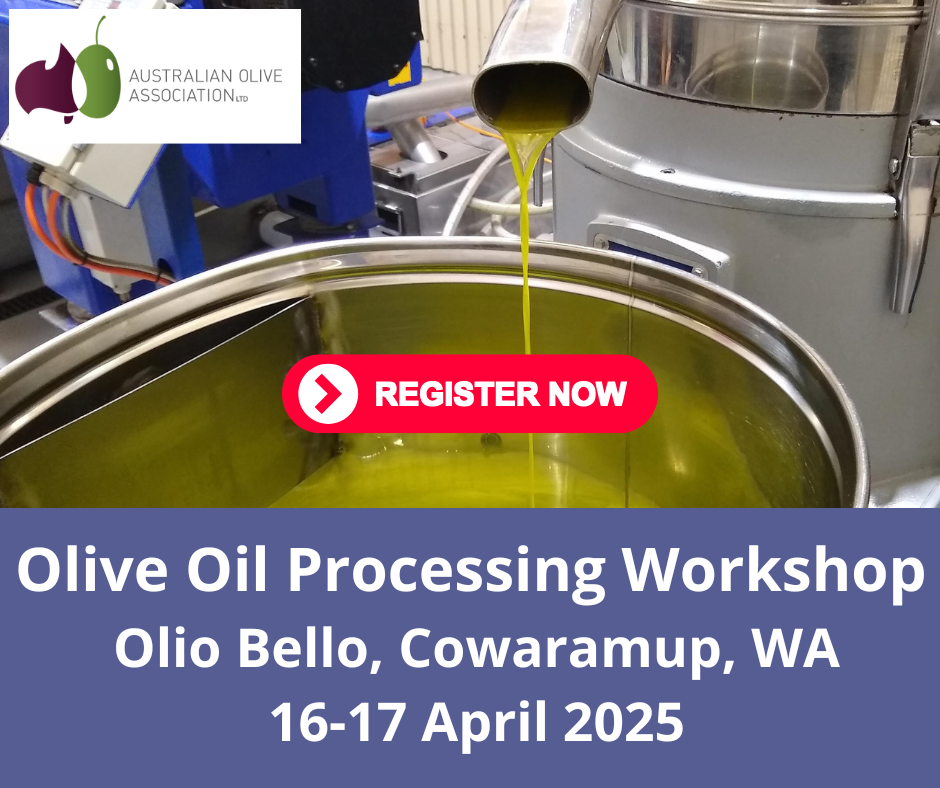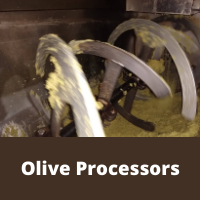aXueqi Li, aGrant C. Bremer, aKristen N. Connell, aCourtney Ngai, aQuyen Anh T. Pham, aShengling Wang,
bMary Flynn, cLeandro Ravetti, cClaudia Guillaume, dYichuan Wang, aSelina C. Wang
a University of California Davis Olive Center, Davis, California 95616, United States.
b The Miriam Hospital and Brown University, Providence, Rhode Island 02906, United States.
c Modern Olives, Lara, Victoria 3212, Australia.
d Department of Statistics, University of California, Davis, Davis, California 95616, United States.
Abstract
Four olive oils with varying amounts of total phenols were exposed to four different heating conditions. Chemical parameters such as free fatty acid, peroxide values, UV absorbency, total phenols, individual phenols, α-tocopherol, squalene, oleocanthal, fatty acid profile and smoke point were measured before and after heating to evaluate the impact of heating conditions on the oils. We found olive oils have reasonably high smoke point that is suitable for typical home-cooking conditions and fresh olive oil with low FFA and high phenolics are important for the conservation of olive oil quality and health benefits. A larger degree of oxidation occurred as with increase of heating time and temperature, oils with high level of phenols produced less polar compounds than oils with lower levels of phenols, including refined oils. A significant amount of total phenols and individual phenols such as oleocanthal remained after heating at 121 °C for 10 and 20 minutes, most of squalene stay intact even after heating at 220 °C.




